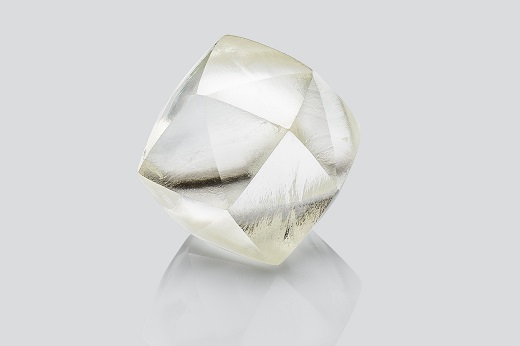
RAPAPORT... Rough-diamond prices are too high, and reducing them is a must.
Not only is such a move necessary to ensure profitability for
manufacturers, it would also raise market sentiment, which has been
uncharacteristically weak for a first quarter.
In the long term, miners would gain from a correction as well, as it
would stimulate demand and prevent a market freeze that is inevitable
if rough prices don’t come down. That happened in late 2015, when
the mining companies, after record sales the previous year, tried to
maintain rough prices until manufacturers started to reject goods at
those unsustainable and unprofitable levels.
The current market is reminiscent of those days, even if rough supply
has been subdued. Polished and rough trading has been cautious in
the first three months of 2019, usually the busiest time of the year.
Polished-inventory levels are still high, due to a bottleneck created
in 2017-18 that, in turn, led to a decline in De Beers and Alrosa sales
during the first two months of this year. We believe the mining
companies will have to lower their sales expectations for 2019, as
outlined in last month’s Rapaport Research Report.
In this March edition of the report, we stress the need to accompany
lower supply with lower prices. Rough prices need to go down by at
least 10% to restore profitability in the manufacturing sector.
While reducing prices will lead to lower sales for the mining
companies this year, it will stimulate trading again. Ultimately, it will
set the miners up for healthier growth moving forward. Besides, if
prices stay as they are, we expect manufacturers will start to reject
more rough supply or start to leave the business.
The midstream diamond trade needs to be viable to assure the
longevity of the product. Already, there have been reports of
more manufacturers shifting to synthetics to gain better margins.
Furthermore, the market needs to be driven by demand rather
than supply.
It’s up to the mining companies to effect that dynamic by lowering
prices. And if not, the manufacturers must force the issue by rejecting
unprofitable rough.
This article first appeared in the March edition of the Rapaport Research Report. To download a copy of the report, click here and log in with your username and password, or learn more and subscribe today.
Image: A rough diamond. (Shutterstock)
|
|
|
|
|